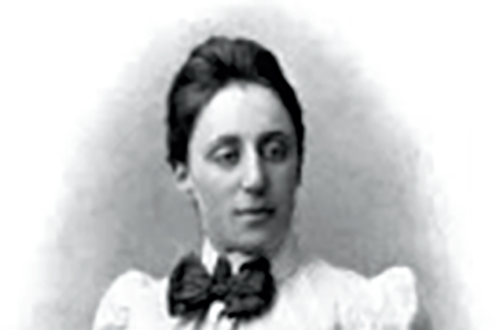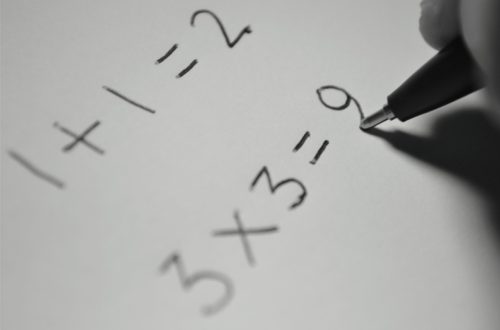Journal of the Mathematics Council of the Alberta Teachers’ Association
Volume 51 Issue 1, December 2013
As I write this, I am preparing to begin the new school year. At Mount Royal University, our BEd program is rolling out its third year, which involves practicum experiences in Calgary and area schools. Today. I heard news of schools that remain closed because of flood damage incurred in June. These are challenging times for many school boards, parents, teachers and children, who are experiencing a high level of uncertainty while trying to restore routine in uprooted contexts. By the time you read this, our community will have coped with this upheaval in school access, but right now it seems overwhelming.
The situation in Alberta this summer has reminded me of how important the mathematical processes are for our communities. In particular, I have witnessed neighbors and friends responding in compassionate ways to those who have been severely impacted by the floods. Problem solving and making connections have been at the forefront of these responses.
The US National Council of Teachers of Mathematics (NCTM) states,
Instructional programs from prekindergarten through grade 12 should enable all students to –
• Build new mathematical knowledge through problem solving
• Solve problems that arise in mathematics and in other contexts
• Apply and adapt a variety of appropriate strategies to solve problems
• Monitor and reflect on the process of mathematical problem solving …
• Recognize and use connections among mathematical ideas
• Understand how mathematical ideas interconnect and build on one another to produce a coherent whole
• Recognize and apply mathematics in contexts outside of mathematics.’
This issue of delta-K provides a glimpse into how this might look in a classroom. As professionals, we are constantly engaged in problem-solving processes when we reason about what students know mathematically. Marlow Ediger reminds us of the importance of observation in this process, and Chelsey Bonnett and Jennifer Hyndman share their experiences of observing students in their own classrooms. Srinivasa Swaminathan presents research around problem solving, and a problem to be used in the classroom is provided by Gregory Akulov, along with a student response from Dennis Situ. Other problems are presented in the math contests, and Karl Dilcher prompts us to consider how we might use these in our classrooms. Connections between literature, art and math are presented by Nico Rowinsky and Roberta La Haye. Included also is a content piece, by Peter Liljedahl and Minnie Liu, on how numeracy is connected to various contexts in the mathematics curriculum.
Editing this issue of delta-K has been an experience of connections across the teaching profession. Mathematics Council (MCATA) members have forwarded articles they have read in various publications, editors of other math education journals have sent articles they think should be reprinted, education course instructors have encouraged their students to submit copies of stellar assignments to be crafted into articles, and various people involved in math contests across our province have sent problems and solutions from past contests.
I hope that the spirit of making connections with other math teachers continues and that you find inspiration for making connections and problem solving in your own classroom. Enjoy.
Gladys Sterenberg
Note
l. See www.nctm.org/standards/content.aspx?id=322.
1
2
Gladys Sterenberg
3
4 – 6
Teacher Observation to Evaluate Mathematics Achievement
Marlow Ediger
7 – 9
A Northern Lights Circle Problem
Gregory V Akulov
10 – 12
Peter Liljedahl and Minnie Liu
13 – 14
Karl Dilcher
15
Srinivasa Swaminathan
16 – 17
Understanding Studying and Studying Understanding
Jennifer Hyndman
18 – 20
Nico Rowinsky
21 – 24
Chelsey Bonnett
25 – 29
Alberta Mathematics Competitions 2012/13
39 – 40
Reviewed by Roberta La Haye
41



